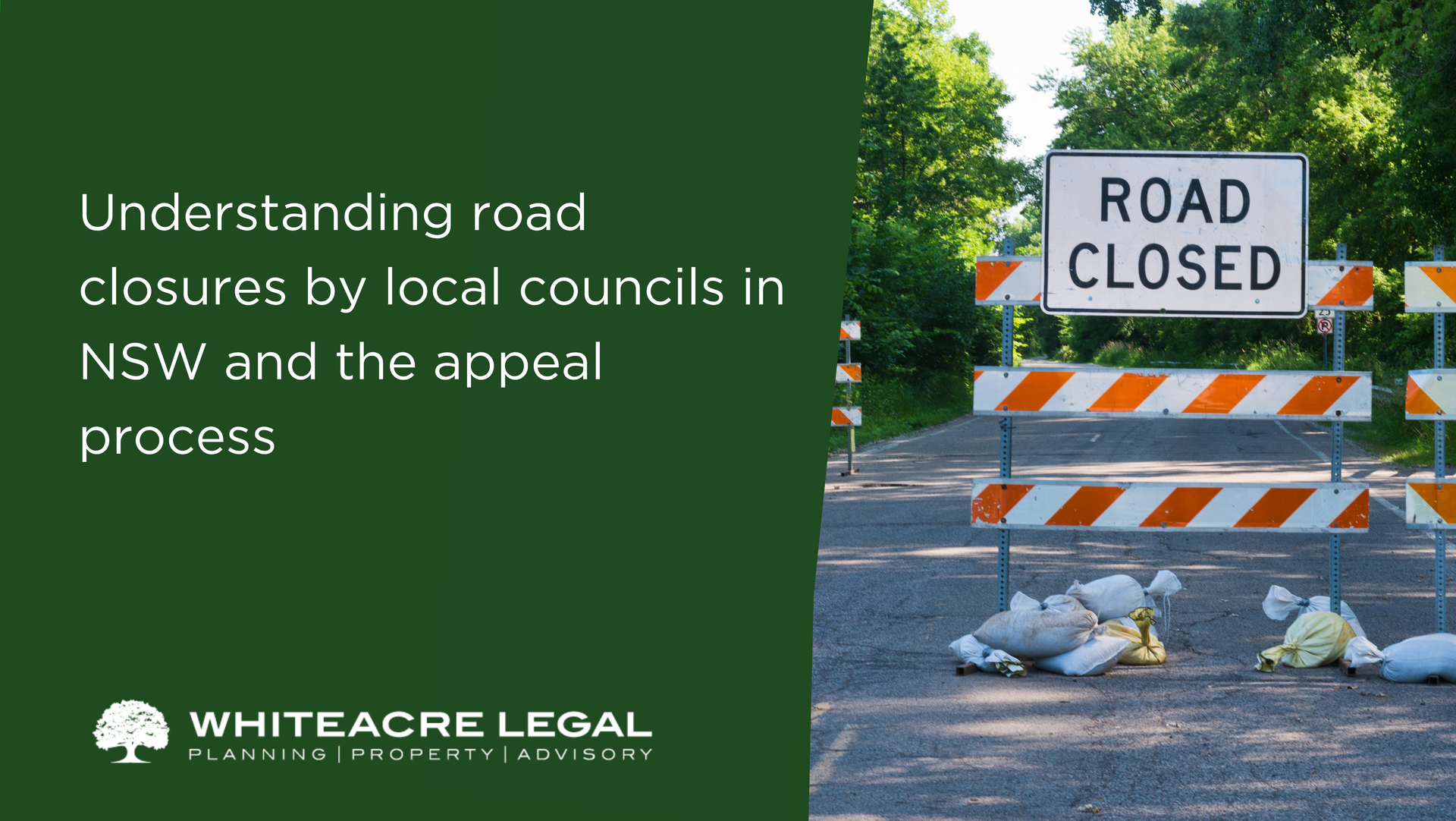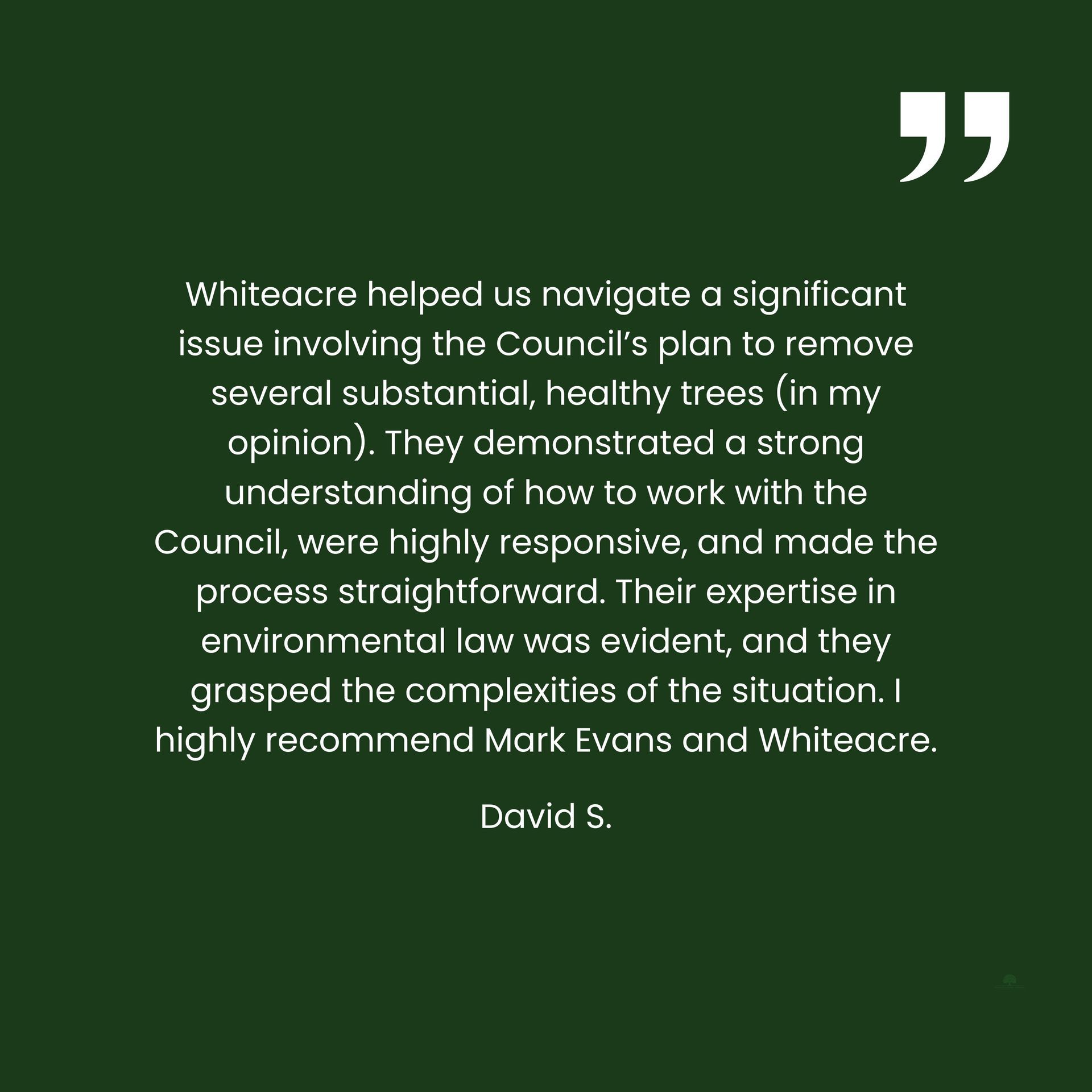Costs in Class 1 Appeals in NSW Land and Environment Court
Normally, each party pays their own costs in an appeal against refusal to grant development consent. The Applicant pays its legal and consultants costs and the respondent Council likewise. However, respondent Councils will often ask for payment of their “costs thrown away” as a result of the applicant amending its plans. This article considers those costs and when they may arise.
Introduction
In most litigation, the loser pays the winner’s costs of the proceedings. This is known as “costs follow the event”. Whether you need to pay the other party’s costs in proceedings in the NSW Land and Environment Court depends on which jurisdiction you are in.
In Class 1 merit appeals – for example, an appeal against refusal by a Council to grant development consent, each party pays their own costs. In Class 4 “judicial review” proceedings, the loser pays the winner’s costs of the proceedings. This article considers costs in Class 1 merit appeals. For discussion on costs in Class 4 proceedings check out our article on our website.
Presumption is that each party pays their own costs
Section 8.7 of the Environmental Planning and Assessment Act 1979 (EPA Act) gives an applicant the right to appeal against the actual or deemed refusal of a development application. The appeal is brought in Class 1 of the NSW Land and Environment Court’s jurisdiction.
Section 74 of the Land and Environment Court Act 1979 provides that the Court may make rules with respect to a number of things, one of those things being the cost of proceedings in the Court. Rule 3.7 of the Land and Environment Court Rules 2007 (LEC Rules) creates a presumption that the Court is not to make an order for costs unless the Court considers the making of an order to be “fair and reasonable”.
In practice, the Court very rarely makes an order of costs against a party in Class 1 proceedings. There are good policy reasons for this. The Court does not wish to discourage applicants from exercising their right to appeal against an administrative decision to refuse a development application.
Applicants often ask us whether they can recover their costs from Council, particularly where Council may have made mistakes, unreasonably delayed or unreasonably refused a development application. Applicants very rarely succeed in costs applications against a respondent Council.
Rule 3.7 of the LEC Rules sets out circumstances in which the Court may consider making a costs order against a party is fair and reasonable. They are:
(a) that the proceedings involve, as a central issue, a question of law, a question of fact or a question of mixed fact and law, and the determination of such question:
(i) in one way was, or was potentially, determinative of the proceedings, and
(ii) was preliminary to, or otherwise has not involved, an evaluation of the merits of any application the subject of the proceedings,
(b) that a party has failed to provide, or has unreasonably delayed in providing, information or documents:
(i) that are required by law to be provided in relation to any application the subject of the proceedings, or
(ii) that are necessary to enable a consent authority to gain a proper understanding of, and give proper consideration to, the application,
(c) that a party has acted unreasonably in circumstances leading up to the commencement of the proceedings,
(d) that a party has acted unreasonably in the conduct of the proceedings,
(e) that a party has commenced or defended the proceedings for an improper purpose,
(f) that a party has commenced or continued a claim in the proceedings, or maintained a defence to the proceedings, where:
(i) the claim or defence (as appropriate) did not have reasonable prospects of success, or
(ii) to commence or continue the claim, or to maintain the defence, was otherwise unreasonable.
Astute observers will notice “(c) a party has acted unreasonably in circumstances leading up to the proceedings” and “(d) that a party has acted unreasonably in the conduct of the proceedings” and often claim that the particular respondent Councils fit the bill.
However, in our experience, the Court very rarely considers a cost order against a respondent Council in Class 1 Appeals. Opening the “flood gates” to applicants seeking orders of this kind would be extremely costly to Councils across NSW.
So, the status quo is that 90% of the time, there is a presumption that each party to a Class 1 Appeal pays it’s own costs. Except “costs thrown away”.
Costs “thrown away”
Section 8.15(3) of the EPA Act provides that, if an applicant is granted leave to amend its application, including amending its plans during proceedings, the respondent Council is entitled to its costs “thrown away” as a result of the amendment.
8.15 Miscellaneous provisions relating to appeals under this Division
(cf previous s 97B; s 39A Land and Environment Court Act)
(3) If the Court on an appeal by an applicant under this Division allows the applicant to file an amended application for development consent (other than to make a minor amendment), the Court must make an order for the payment by the applicant of those costs of the consent authority that have been thrown away as a result of the amendment of the application for development consent. This subsection does not apply to proceedings to which section 34AA of the Land and Environment Court Act 1979 applies.
Accordingly, in order for the Court to make a costs order in favour of a respondent Council pursuant to s 8.15(3) there needs to be:
- An amendment to the application for development consent;
- Which is other than a minor amendment;
- In respect of which there have been costs thrown away.
What is an amendment to the development application?
Commissioner Clay considered this question in Thomas v Georges River Council [2020] NSWLEC 1473 ( Thomas v Georges River ) and found a distinction between additional information provided by the applicant in that case as opposed to documents that were required to form part of the development application. Costs thrown away were not payable with respect to additional information, costs were payable with respect to documents that formed part of the development application.
The Environmental Planning and Assessment Regulation 2000 (subsequently repealed) ( EPA Reg ) distinguishes between a development application and the information required within it on the one hand, and the documents to accompany a development application on the other.
The documents which are required to accompany a development application include a statement of environmental effects, an environmental impact statement where appropriate, a species impact statement where appropriate, engineering drawings when appropriate, a series of other types of documents which are relevant to the development the subject of an application. In Thomas v Georges River the applicant was granted leave to rely on the following:
1) Amended SEE;
2) Amended plan of management;
3) Letter from consultant;
4) Access assessment report;
5) BCA assessment report; and
6) Acoustic report.
Commissioner Clay considered that these documents relied on by the applicant fell into the category of documents which accompany the development application. None of those documents amounted to an amendment of the development application, they were more in the nature of additional information, rather than an amendment of the development application.
That is not to say that an accompanying document could never have the effect of amending a development application, it could, but there is a clear distinction between provision of additional information by an applicant and amendment of the development application itself. In circumstances where a respondent Council seeks additional clarification or expert evidence from the applicant in the nature of additional information, as opposed to an amendment of the development application itself, a right to costs “thrown away” under s 8.15(3) of the EPA Act is not enlivened.
When is an amendment more than minor?
In Futurespace Pty Ltd v Ku-ring-gai Council [2009] NSWLEC 153 ( Futurespace ) Justice Pepper held that the total cumulative effect of a number of small changes added up to an amendment to a development application that was “more than minor”.
With respect to s 8.15(3) of the EPA Act, Her Honour found that if the amendments were more than minor, the applicant must in effect pay the Council’s costs incurred in respect of the assessment of the original development application. The applicant in Futurespace submitted that because the amendments proposed were all capable of being addressed by a condition and were, in the main, “matters of detail” when considered both individually and in the context of the site as a whole, they were “minor” for the purposes of s 8.15(3) of the EPA Act.
Council on the other hand submitted that, viewed as a whole, the amendments were anything but minor. The Council submitted that in circumstances where the applicant elected to make the amendments and was not required to do so, no unfairness resulted in the payment by it of costs. This is because the applicant is presumed, in making the amendments, to have thought them necessary. This is a process that could have been undertaken prior to the filing of the appeal. It would not, therefore, be fair to impose upon the Council the costs associated with considering the plans a second time.
Her Honour Pepper J accepted the submissions of Council that the words of s 8.15(3) evidenced a clear intention of the Parliament to impose a liability for costs on an applicant who seeks to rely on an amended development application for anything other than minor amendments, irrespective of whether or not the amendments are ultimately beneficial.
Her Honour found that to the extent that the amendments require significant assessment by the consent authority then they are less likely to constitute minor amendments for the purpose of the provision.
This is because the amendments contained in the amended plans clearly contemplate a change to the development application that is more than “minor”, or in the applicant’s words, more than “mere detail”.
Pepper J ordered that the applicant pay the respondent Council’s costs incurred in respect of the assessment of, and the proceedings related to, the original development application the subject of the appeal.
Conclusion
There is a presumption that, absent unreasonable conduct or delay, each party pays its own costs of a Class 1 appeal.
However, if the applicant is granted leave to amend its development application, the respondent Council may seek an order for costs thrown away pursuant to s 8.15(3) of the EPA Act.
In order for the Court to make a costs order in favour of a respondent Council pursuant to s 8.15(3) there needs to be:
1. an amendment to the application for development consent;
2. which is other than a minor amendment;
3. in respect of which there have been costs thrown away.
In the majority of cases, it is preferable for the applicant and respondent to settle the position of costs thrown away if an applicant is considering amending the development application in a way that may result in resolution of the dispute.
If you are considering commencing an appeal against the deemed or actual refusal of your development application, you should seek legal advice from a competent practitioner who regularly practices in this area…
Require further assistance? please do not hesitate to call us on (02) 9145 0900 or make an enquiry below.
Browse by categories

Servicing all of NSW, Whiteacre provides expert property law and planning and environment law advice and assistance.
✓ Planning Law Advice
✓ Land and Environment Court Appeals
✓ Voluntary Planning Agreements and Contributions
✓ Development Control Orders and Enforcement
✓ Property Development Advice and Due Diligence
✓ Title Structuring
✓ Easements and Covenants
✓
Strata and Community Title legislation
Book an initial consultation through our website with our planning law solicitor. Whether it's about planning and environment law or property law, you can approach us and discuss your matter to make sure we are a good fit for your requirements.







































